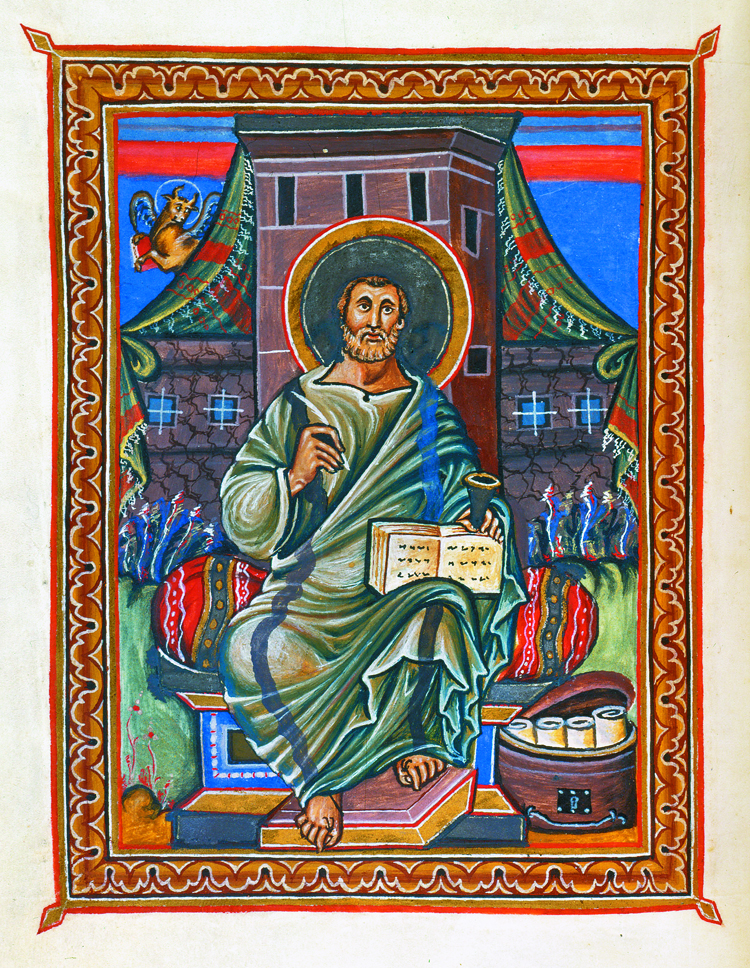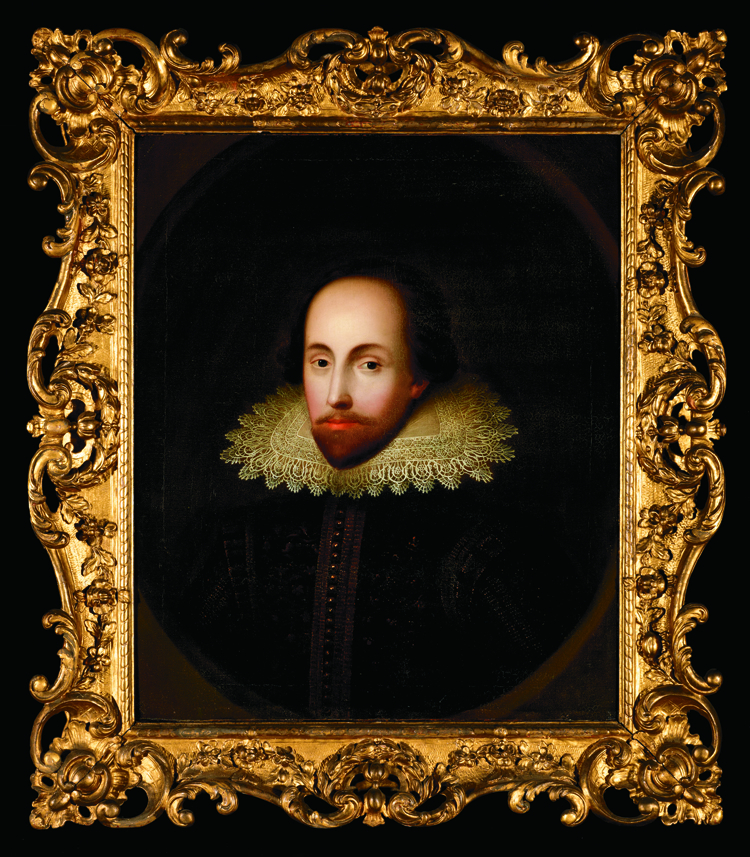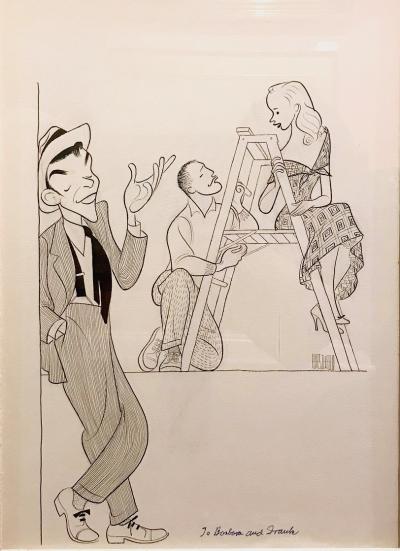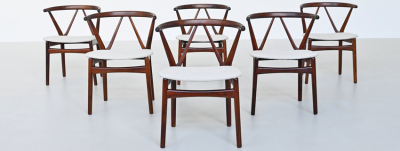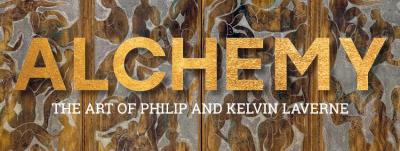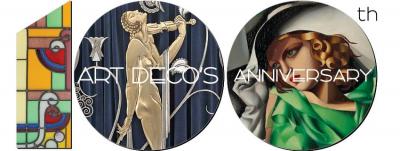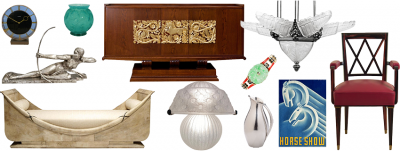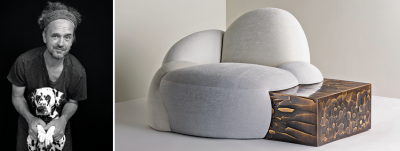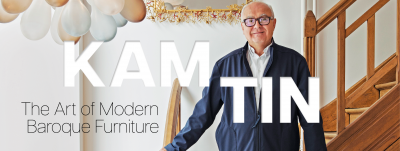The Morgan Library and Museum
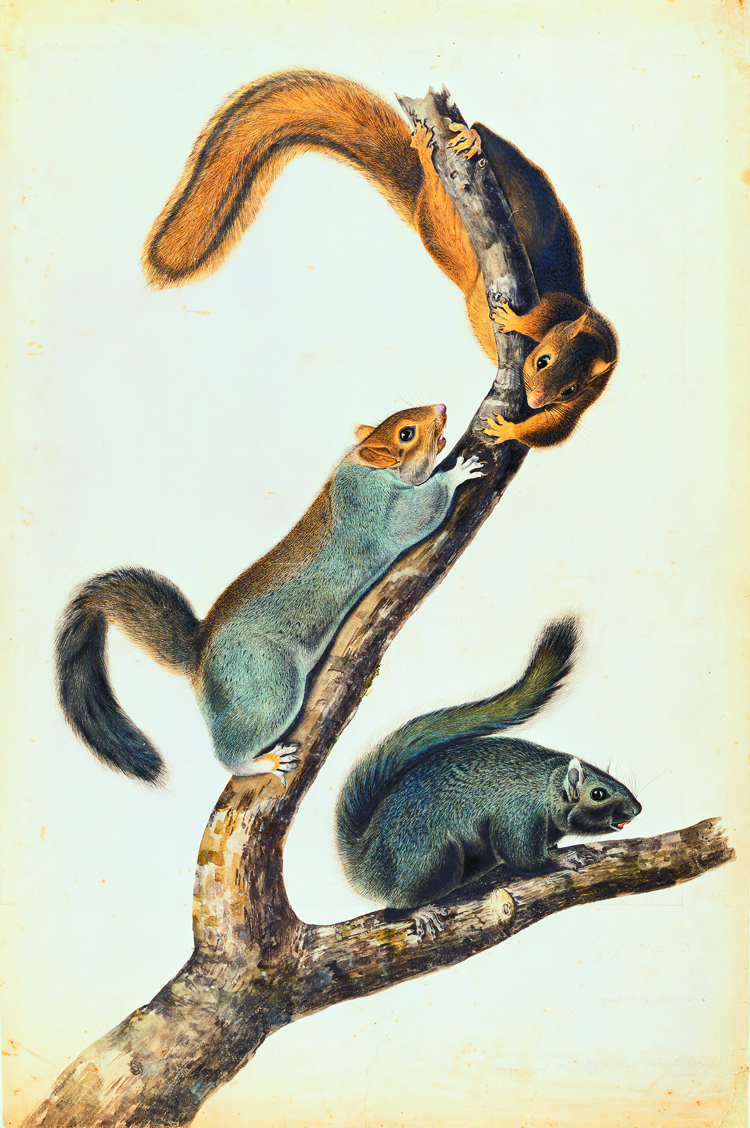
- Fig. 1: John James Audubon (French-American, 1785–1851) Cat Squirrel, preparatory study for plate 17 of The Viviparous Quadrupeds of North America (1845–48). Watercolor and
pencil, 36¾ x 24¼ inches. Signed and dated, New York Decr 9th 1841/ J. J. A. Purchased by Pierpont Morgan with the
Irwin collection, 1900.
Along with being one of the foremost financiers in history, Pierpont Morgan (1837–1913) was an avid art collector and generous cultural benefactor. In the early-nineteenth century Morgan began amassing a collection of important manuscripts, early printed books, and Old Master works on paper. A New York City resident at the time, Morgan decided to have a private library built to house his notable acquisitions. With Charles McKim (1847–1909) of the architectural firm McKim, Mead & White at the helm, a grand, three-room Italian-Renaissance-style palazzo masterpiece was constructed between 1902 and 1906.
Situated next to Morgan’s Madison Avenue home, the library was turned into a public institution in 1924 by Morgan’s son, banker, and philanthropist, J. P. Morgan (1867–1943). Over the years the Morgan has continually expanded both its holdings and its physical space. Significant purchases and generous gifts have given way to an admirably varied collection of rare materials, Americana, and twentieth-century works. In 1928 the Annex building was erected, replacing Morgan’s residence and connecting to the McKim library by means of a gallery. Sixty years later, J. P. Morgan’s mid-nineteenth-century brownstone was added to the complex and, in 1991, a garden court was constructed to tie the Morgan campus together. 2006 brought the largest expansion in the Morgan’s history, adding 75,000-square feet and increasing the exhibition space by more than fifty percent. Built by Pritzker Prize-winning architect Renzo Piano, a performance hall, a Madison Avenue entrance, a reading room, collection storage, and various other amenities were included in the project.
Beginning in 2010, the iconic McKim library underwent extensive restoration and an expansion. The library, consisting of the East Room, the West Room, the North Room, and the Rotunda, reopened on October 30, 2010 to much anticipation. The library, considered to be one of New York’s greatest architectural treasures, holds medieval pieces, rare books, the Americana collection, a decorative ceiling by muralist Henry Siddons Mowbray (1858-1928), sixteenth-century tapestries, and copies of the Declaration of Independence and the Star-Spangled Banner, among a sea of other incomparable works.
The Morgan’s museum collection is divided into eight main categories. In 1909 Morgan established the core of the drawings and prints collection when he purchased approximately 1,500 Old Master drawings from English artist-collector Charles Fairfax Murray. With nearly 12,000 pieces spanning from the fourteenth to the twenty-first century, the drawings and prints holdings include works by Michelangelo, Paul Cézanne, Sir Anthony Van Dyck, and John James Audubon (Fig. 1), as well as the largest collection of Rembrandt etchings in the United States.
The paintings and art objects collection consists of works mostly acquired by Pierpont Morgan. However, the selection on view represents a fraction of Morgan’s original holdings as thousands of works were given away upon his death, mainly to The Metropolitan Museum of Art and The Wadsworth Atheneum. What remains is a well-honed group of many of Morgan’s favorite acquisitions, spanning from the early Mesopotamian and Egyptian periods through Greco-Roman culture, the Middle Ages, and the Renaissance. With the Medieval pieces at the core, there are also Renaissance and Baroque masterpieces, miniatures on ivory, and Qing porcelain.
The Morgan’s most awe-inspiring works lie in the extensive collection of manuscripts. Further broken down into Medieval and Renaissance (Fig. 2), literary and historical, and music manuscripts, each section boasts remarkable holdings. Morgan bought his first medieval manuscript at the end of the nineteenth-century and since his death in 1913 the collection has more than doubled. The collection was formed to illustrate the history of manuscript illumination and includes more than 1,100 manuscripts and papyri as well as the best-known Italian Renaissance manuscript, Alessandro Farnese’s House of Cardinal.
The literary and historical manuscripts include working drafts of poetry and prose, complete works, and letters of correspondence. Morgan began avidly collecting such works during the 1890s and was able to purchase documents either handwritten or signed by such historical luminaries as Elizabeth I, Napoleon, Voltaire, and Charlotte Brontë, as well as the sole surviving manuscript of John Milton’s Paradise Lost. In 1997 the Morgan was gifted over 1,500 letters from the Pierre Matisse Foundation as well as records of the gallery installations of Balthus, Marc Chagall, Jean Dubuffet, Alberto Giacometti, and Joan Miró.
Composed mainly of musicians’ letters and first editions of scores and librettos, the music manuscript collection spans six centuries and contains the world’s largest assemblage of Austrian composer Gustav Mahler’s manuscripts. There are also substantial works by Johannes Brahms, Claude Debussy, and Frédéric Chopin, including two earliest dated letters of a thirteen-year-old Wolfgang Amadeus Mozart.
The Morgan’s collection of printed books and bindings is noted for its quality and diversity. Highlights include three Gutenberg bibles, the first major book printed with a movable type printing press, and works by Lord Byron, Edgar Allan Poe, and Mark Twain among many others. A major gift in 1998 from The Carter Burden Collection of American Literature bolstered the twentieth-century holdings with works by Ted Hughes, Sylvia Plath, Gertrude Stein, and Tennessee Williams.
A unique part of the Morgan’s collection is its expansive assortment of ancient near eastern seals and tablets. Only an inch in height, engraved seals are among the smallest objects ever produced by sculptors (Fig. 3). Carved in great detail with simple tools on semiprecious stones, the seals collection covers all notable styles of Mesopotamian engraving from the end of the fifth millennium BCE to the fourth century BCE.
In 2009 the Shakespeare Birthplace Trust unveiled a previously unknown portrait painting with strong claims to be the only surviving life-time portrait of William Shakespeare. A Jacobean painting hung unrecognized for centuries in an Irish country house, its inclusion in The Changing Faces of William Shakespeare (February 4-May 1, 2011) allowed viewers to see the painting outside of the British Isles for the first time (Fig. 6). The exhibition also showcased copies of books Shakespeare dedicated to the Earl of Southampton, the Morgan’s First Folio edition of his plays, and a portrait of Shakespeare acquired by Pierpont Morgan in 1910.
225 Madison Avenue at 36th Street, New York, NY 10016
Call 212.685.0008 or visit www.themorgan.org
Tuesday–Thursday: 10:30AM to 5PM
Friday: 10:30AM to 9PM
Saturday: 10AM to 6PM
Sunday: 11AM to 6PM
This article was originally published in the Anniversary 2011 issue of Antiques & Fine Art magazine, a digitized version of which is available on afamag.com. Antiques & Fine Art, AFAmag, AFAnews, and AFA Publishing are affiliated with InCollect.com.















